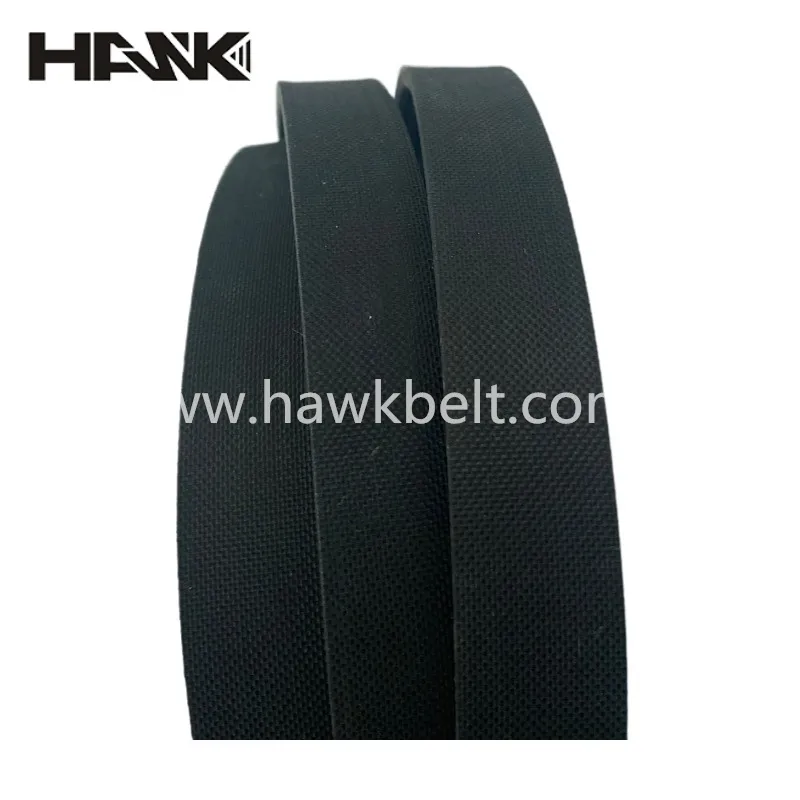- Arabic
- French
- Russian
- Spanish
- Portuguese
- Turkish
- Armenian
- English
- Albanian
- Amharic
- Azerbaijani
- Basque
- Belarusian
- Bengali
- Bosnian
- Bulgarian
- Catalan
- Cebuano
- Corsican
- Croatian
- Czech
- Danish
- Dutch
- Afrikaans
- Esperanto
- Estonian
- Finnish
- Frisian
- Galician
- Georgian
- German
- Greek
- Gujarati
- Haitian Creole
- hausa
- hawaiian
- Hebrew
- Hindi
- Miao
- Hungarian
- Icelandic
- igbo
- Indonesian
- irish
- Italian
- Japanese
- Javanese
- Kannada
- kazakh
- Khmer
- Rwandese
- Korean
- Kurdish
- Kyrgyz
- Lao
- Latin
- Latvian
- Lithuanian
- Luxembourgish
- Macedonian
- Malgashi
- Malay
- Malayalam
- Maltese
- Maori
- Marathi
- Mongolian
- Myanmar
- Nepali
- Norwegian
- Norwegian
- Occitan
- Pashto
- Persian
- Polish
- Punjabi
- Romanian
- Samoan
- Scottish Gaelic
- Serbian
- Sesotho
- Shona
- Sindhi
- Sinhala
- Slovak
- Slovenian
- Somali
- Sundanese
- Swahili
- Swedish
- Tagalog
- Tajik
- Tamil
- Tatar
- Telugu
- Thai
- Turkmen
- Ukrainian
- Urdu
- Uighur
- Uzbek
- Vietnamese
- Welsh
- Bantu
- Yiddish
- Yoruba
- Zulu
Aug . 14, 2024 15:42 Back to list
Choosing the Right V-Belt for Your Car Replacement and Maintenance Needs
Understanding V-Belt Car Replacement A Comprehensive Guide
When it comes to maintaining a vehicle, one of the critical components that often requires attention is the V-belt. The V-belt plays a vital role in transferring power from the engine to various accessories, such as the alternator, water pump, power steering pump, and air conditioning compressor. Over time, these belts can wear out due to friction, heat, and environmental factors, making it essential for car owners to understand when and how to replace them.
What is a V-Belt?
The V-belt, also known as a Vee belt, is named for its distinctive V-shaped cross-section. This design allows for a greater surface area to grip the pulleys, which enhances efficiency and reduces slippage. V-belts are typically made from rubber, reinforced with fabric or steel cords, to withstand high temperatures and heavy loads. They are a common choice in both older and newer vehicles, although modern cars increasingly use serpentine belts that integrate multiple V-belt functions into one.
Signs That You Need to Replace Your V-Belt
1. Visible Wear and Damage Inspect the belt for cracks, frays, or glazing. If you notice any of these issues, it's a clear sign that the belt is nearing the end of its lifespan.
2. Squeaking or Squealing Noises If your car starts making unusual sounds, especially when starting the engine or after idling, it might indicate that the V-belt is slipping or worn out.
4. Warning Lights In modern vehicles, dashboard warning lights, particularly for the battery or other engine-related systems, can suggest that there's an issue with the V-belt or the components it powers.
The Replacement Process
v belt car replacement

Replacing a V-belt is a task that many DIY enthusiasts can handle, but it requires careful attention to detail. Here’s a step-by-step guide
1. Gather Tools and Materials You will need a new V-belt, a wrench or socket set, and a belt tensioner tool. It's also beneficial to have a service manual specific to your vehicle for guidance on belt routing.
2. Locate the V-Belt Open the hood of your vehicle and locate the belt. Identify how it routes through the pulleys and any accessories it connects to.
3. Release Tension Use the wrench or belt tensioner tool to relieve tension on the belt. This will allow you to remove the belt easily.
4. Remove the Old Belt Take off the old belt and inspect the pulleys for any damage or signs of wear.
5. Install the New Belt Following the routing diagram (often found in the service manual or under the hood), carefully install the new V-belt. Make sure it sits snugly in the grooves of the pulleys.
6. Reapply Tension Use the tensioner tool to apply the appropriate tension to the new belt, ensuring it's neither too loose nor too tight.
7. Test the Installation Start your vehicle and listen for any irregular noises. Check the operation of the accessories to confirm that everything is working correctly.
Conclusion
Regular maintenance of your vehicle's V-belt is essential for ensuring optimal performance and longevity. By being proactive and replacing worn or damaged belts promptly, you can avoid more severe engine issues and costly repairs down the road. Whether you choose to tackle the replacement yourself or consult a professional mechanic, understanding the importance of V-belt maintenance is crucial for all car owners.
-
China Factory 6PK1130 EPDM Rubber Engine Conveyor Belt Supplier
NewsJul.21,2025
-
Korean Auto Parts Timing Belt 24312-37500 For Hyundai/Kia
NewsMar.07,2025
-
7PK2300 90916-T2024 RIBBED BELT POLY V BELT PK BELT
NewsMar.07,2025
-
Chinese Auto Belt Factory 310-2M-22 For BMW/Mercedes-Benz
NewsMar.07,2025
-
Chinese Auto Belt Factory 310-2M-22 For BMW/Mercedes-Benz
NewsMar.07,2025
-
90916-02660 PK Belt 6PK1680 For Toyota
NewsMar.07,2025

